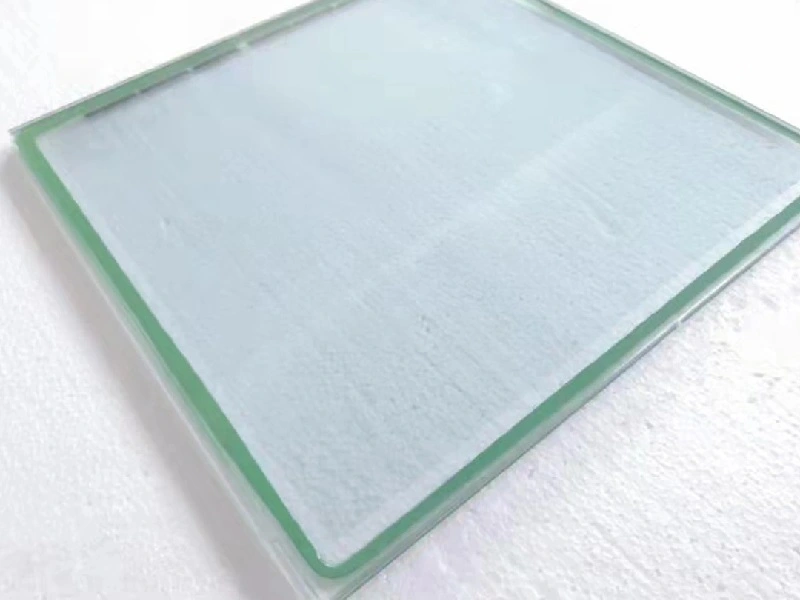
In the competitive landscape of thermal insulation, industry professionals increasingly face a critical decision: stick with traditional foam solutions or adopt next-gen vacuum insulation technology. At the forefront of this revolution stands vacuglass – a vacuum insulated glass innovation redefining performance benchmarks. Let’s analyze how this cutting-edge material outperforms conventional foam insulation across four decisive factors.
While foam insulation (R-3.5 to R-6 per inch) remains popular in construction, vacuglass shatters thermal limitations with its ultra-low U-values (0.4-0.6 W/m²K). This translates to:
50% greater heat transfer reduction vs. premium foam
R-values surpassing 10 per inch in practical applications
Stable performance regardless of external humidity
The secret lies in vacuglass's vacuum-sealed microstructure – eliminating convective heat loss that plagues even closed-cell foams.
Foam’s bulkiness often compromises design integrity, requiring thick installations for adequate insulation. Vacuglass innovates with:
Slim 6-12mm profiles enabling invisible integration
Structural versatility for curved surfaces and retrofits
Dual functionality as both insulator and transparent barrier
This makes vacuglass ideal for modern architectural challenges like energy-efficient skyscrapers and historic building preservation.
Field studies reveal foam’s vulnerabilities:
Up to 20% R-value loss from moisture absorption
Chemical breakdown in UV-exposed applications
Frequent need for replacement layers
Vacuglass counters with:
Hermetic seals maintaining vacuum integrity for 25+ years
UV-resistant borosilicate glass layers
Zero off-gassing or material degradation
While foam production often involves environmentally harmful blowing agents, vacuglass:
Utilizes 80% recycled glass content
Reduces building energy consumption by 30-40%
Achieves full recyclability through modular construction
Though foam retains niche applications in temporary structures, vacuglass delivers unmatched:
Thermal efficiency for net-zero buildings
Design freedom for visionary architects
Lifecycle cost savings through maintenance reduction
The evergreen glass leads this insulation revolution with patented vacuglass solutions. Our ISO-certified manufacturing process ensures:
Custom panel sizing (up to 3m x 1.5m)
Fire-rated variants for commercial use
15-year performance warranties